Limits: What is the Neighborhood of a Point
The concept of a neighborhood in the context of limits refers to an interval of values surrounding a specific point. A neighborhood can be thought of as a “small interval” around a particular point on the real number line.
[include_netrun_products_block from-products="product/6-south-carolina-sc-ready-grade-3-math-practice-tests/" product-list-class="bundle-products float-left" product-item-class="float-left" product-item-image-container-class="p-0 float-left" product-item-image-container-size="col-2" product-item-image-container-custom-style="" product-item-container-size="" product-item-add-to-cart-class="btn-accent btn-purchase-ajax" product-item-button-custom-url="{url}/?ajax-add-to-cart={id}" product-item-button-custom-url-if-not-salable="{productUrl} product-item-container-class="" product-item-element-order="image,title,purchase,price" product-item-title-size="" product-item-title-wrapper-size="col-10" product-item-title-tag="h3" product-item-title-class="mt-0" product-item-title-wrapper-class="float-left pr-0" product-item-price-size="" product-item-purchase-size="" product-item-purchase-wrapper-size="" product-item-price-wrapper-class="pr-0 float-left" product-item-price-wrapper-size="col-10" product-item-read-more-text="" product-item-add-to-cart-text="" product-item-add-to-cart-custom-attribute="title='Purchase this book with single click'" product-item-thumbnail-size="290-380" show-details="false" show-excerpt="false" paginate="false" lazy-load="true"]

Let’s break down the concept step by step:
1. Definition of a Neighborhood:
Given a point \( a \) on the real number line and a positive number \( \epsilon \) (no matter how small), the ε-neighborhood of \( a \) is the set of all numbers \( x \) such that the distance between \( x \) and \( a \) is less than \( \epsilon \).
Mathematically, the ε-neighborhood of \( a \) is:
\[ (a – \epsilon, a + \epsilon) \]
This is an open interval, which means it doesn’t include the endpoints.
2. Visualizing a Neighborhood:
Imagine the real number line. The point \( a \) is somewhere on this line. Now, you go \( \epsilon \) units to the left and \( \epsilon \) units to the right. The interval between these two points, excluding the points themselves, is the ε-neighborhood of \( a \).
3. Connection to Limits:
The concept of a neighborhood is closely tied to the idea of a limit. When we say:
\( \lim_{x \to a} f(x) = L \)
It means that for every positive \( \epsilon \), no matter how small, there exists a \( \delta \) such that if \( x \) is within the \( \delta \)-neighborhood of \( a \) (excluding \( a \) itself), then \( f(x) \) is within the \( \epsilon \)-neighborhood of \( L \).
This is a way to formalize the idea that as \( x \) gets close to \( a \), \( f(x) \) gets close to \( L \).
4. ε-δ Definition of a Limit:
The formal definition of a limit, using the concept of neighborhoods, is:
For every \( \epsilon > 0 \), there exists a \( \delta > 0 \) such that if \( 0 < |x – a| < \delta \) (which means \( x \) is in the \( \delta \)-neighborhood of \( a \) but not equal to \( a \)), then \( |f(x) – L| < \epsilon \) (which means \( f(x) \) is in the \( \epsilon \)-neighborhood of \( L \)).
5. Practice and Application:
Understanding the concept of neighborhoods and the ε-δ definition is a critical step in grasping the rigorous definition of limits. It’s common to work through multiple examples and exercises to get comfortable with the ε-δ approach.
Recap:
To visualize a neighborhood:
- Pick a point \( a \) on the number line.
- For a given \( \epsilon \), mark the points \( a-\epsilon \) and \( a+\epsilon \).
- The open interval between these two points is the ε-neighborhood of \( a \).
The ε-δ definition of limits uses these neighborhoods to rigorously define the idea of “approaching” in calculus.
Related to This Article
More math articles
- How to Find Complementary and Supplementary Angles? (+FREE Worksheet!)
- GED Math – Test Day Tips
- 4th Grade PEAKS Math Worksheets: FREE & Printable
- How Is the HSPT Test Scored?
- Top 5 ACT Math Study Guides
- The Ultimate 7th Grade FSA Math Course (+FREE Worksheets)
- Managing Math Fear as an Adult
- How to Complete a Graph and Table Linear Function
- Can you Teach in California without a Credential?
- Word Problems Involving Comparing Ratio



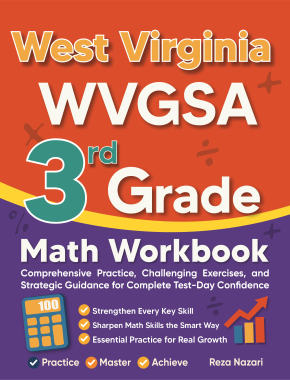

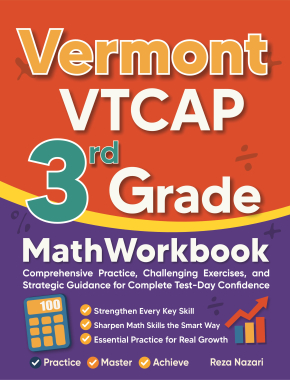





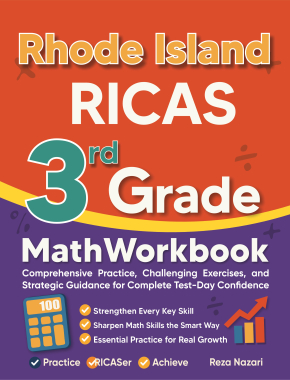



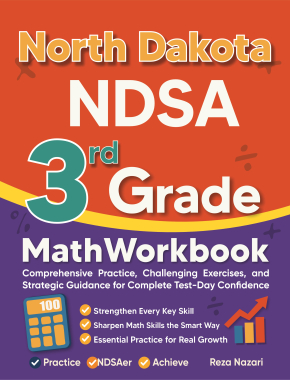

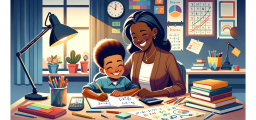
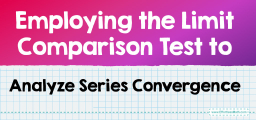
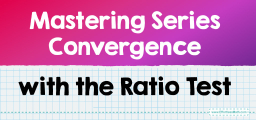







What people say about "Limits: What is the Neighborhood of a Point - Effortless Math: We Help Students Learn to LOVE Mathematics"?
No one replied yet.